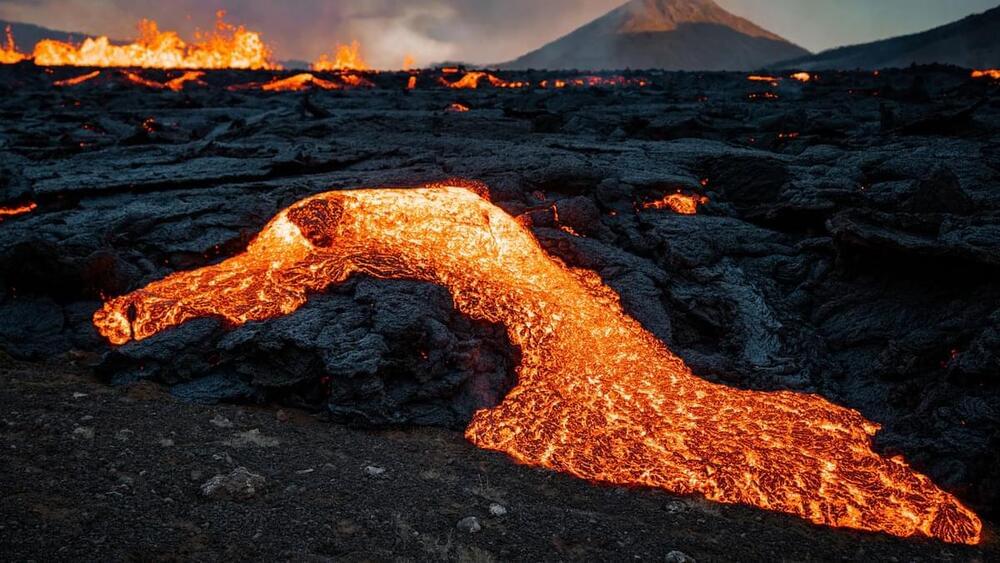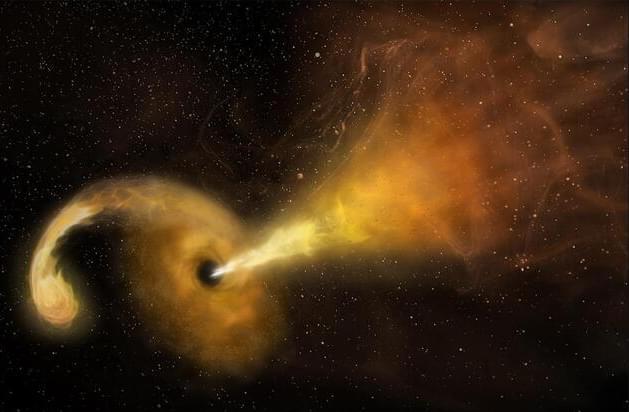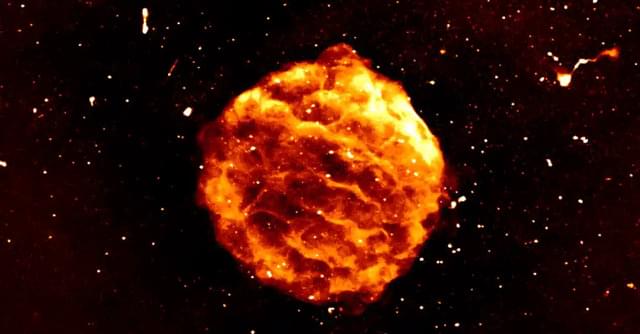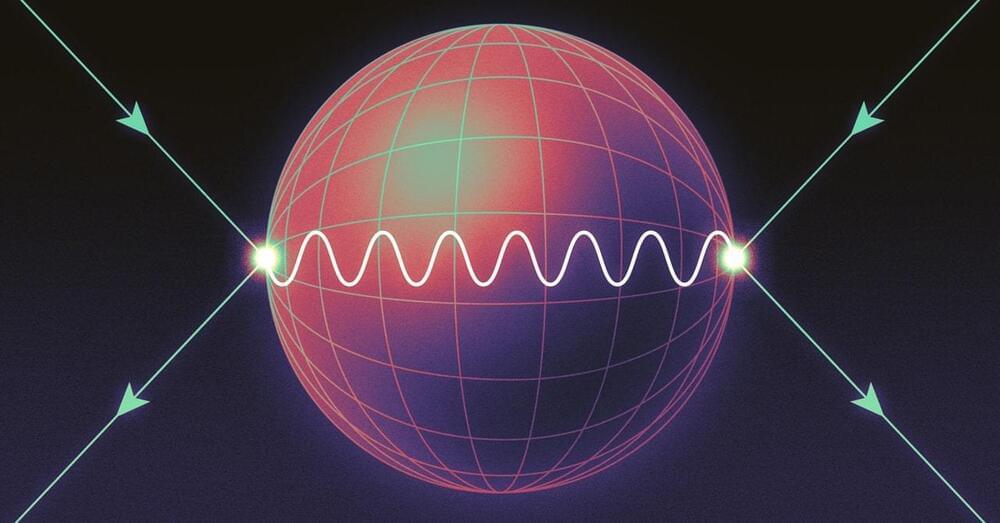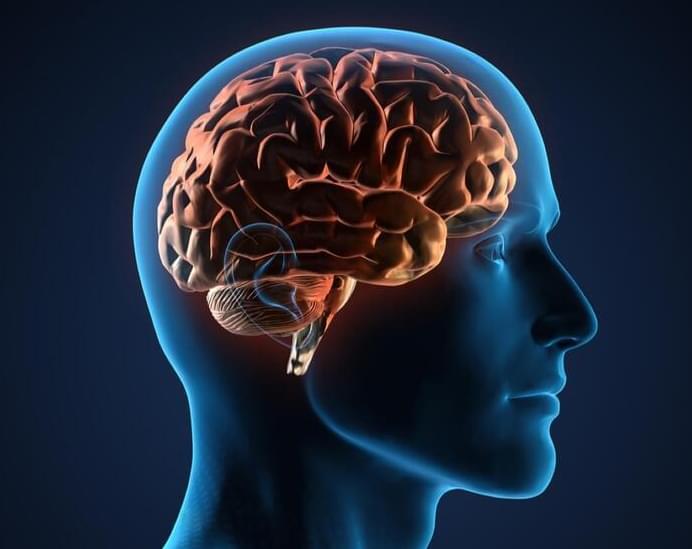https://youtu.be/vTJmvqFDloU
Enjoy a short video that accompanies an article published on the “Futura” website of the Spanish television channel “La Cuatro”, in which Liz Parrish tells the audience a little about her story.
The host of the program speaks in Spanish and what Liz says is translated into Spanish, but I have added S/T in English smile
Video que acompaña un artículo publicado en la web “Futura” del canal de Televisión “La Cuatro” en España, en el cual Liz Parrish, una mujer de 51 años que ha conseguido rejuvenecer 30 años, nos habla un poco sobre su historia.
Video that accompanies an article published on the “Futura” website of the Spanish television channel “La Cuatro”, in which Liz Parrish, a 51-year-old woman who has managed to rejuvenate 30 years, tells us a little about her story.
Para ver el artículo original y fuente de este video, hacer clic aquí / To see the original article and source of this video, clic here:

